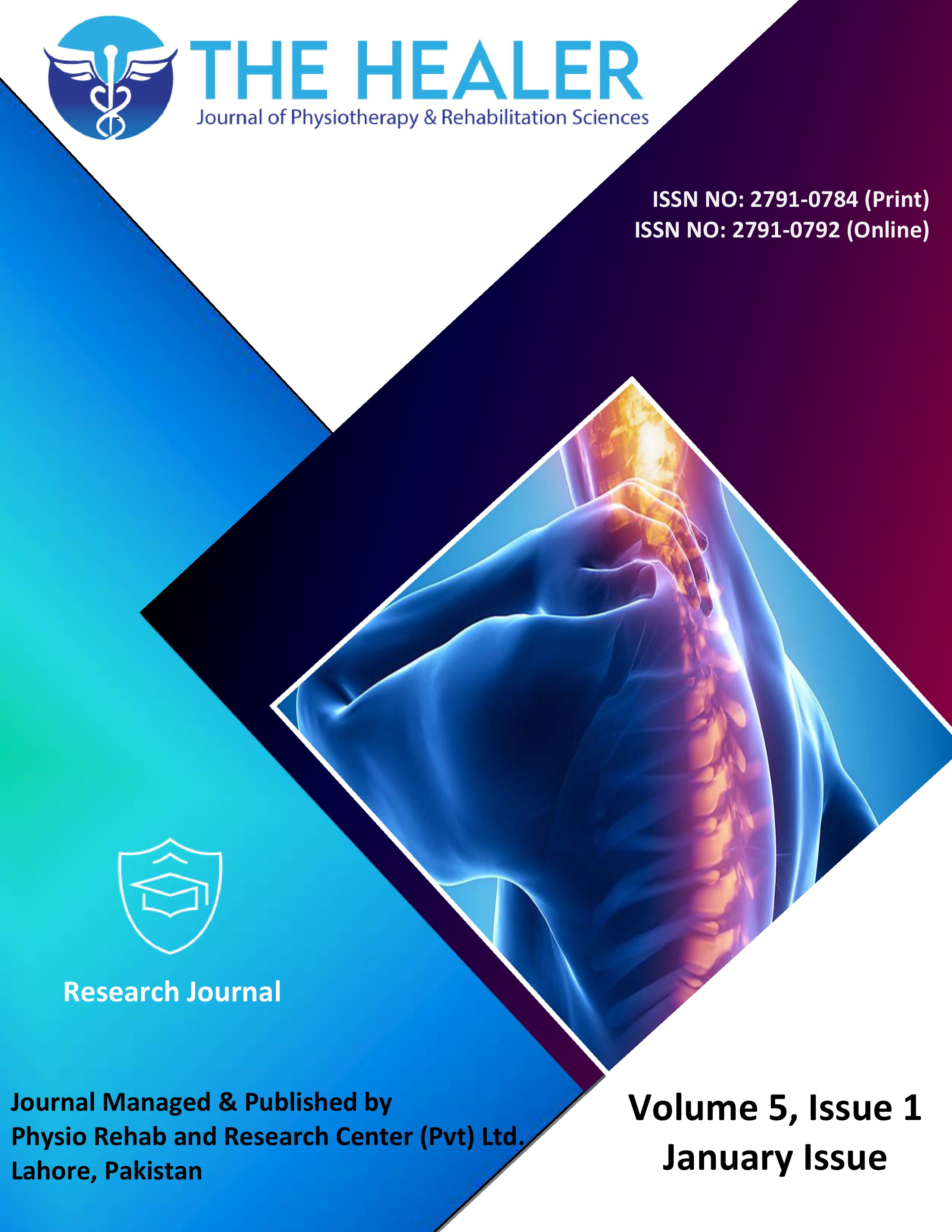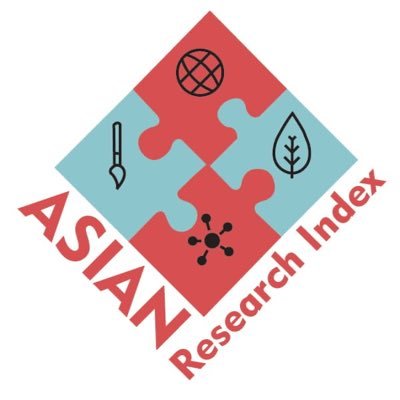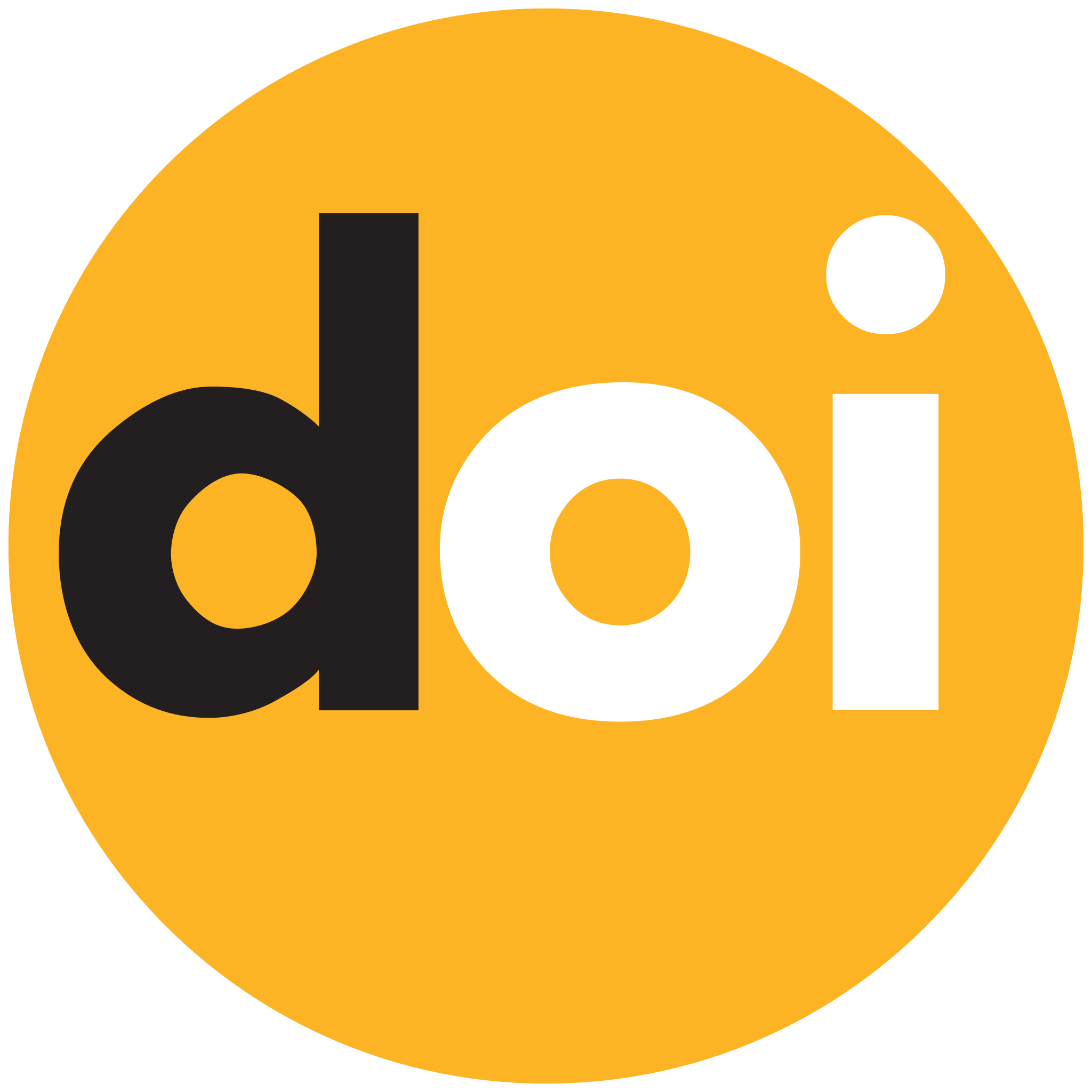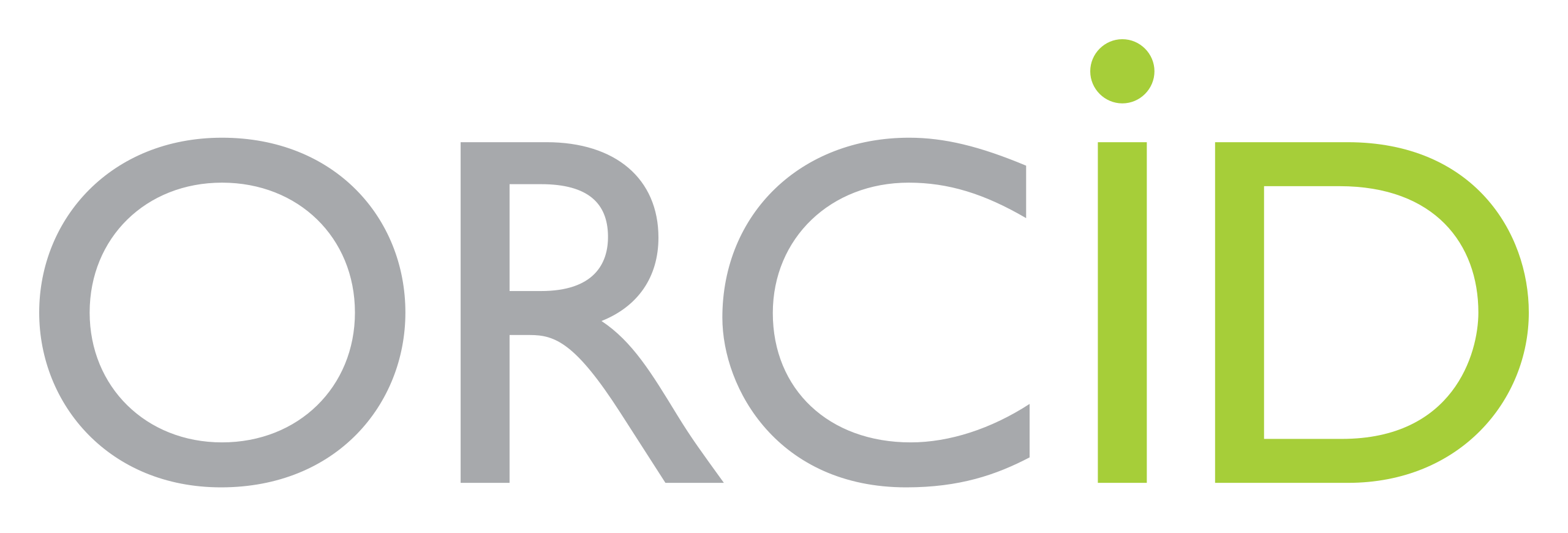Effects of Kabat versus Neuromuscular Re-education Technique on Facial Disability and Synkinesis in Patients with Bell’s Palsy
Effects of Kabat vs Neuromuscular Re-education Technique in Bell’s Palsy
DOI:
https://doi.org/10.55735/hjprs.v5i1.307Keywords:
Bell’s palsy, Facial neuromuscular re-education technique, Kabat techniqueAbstract
Background: Bell’s palsy is the most well-known cause of lower motor neuron facial paralysis and is considered the most frequent cranial neuropathy that originates from damage to the seventh cranial nerve. Objective: To compare the Kabat technique with the neuromuscular re-education technique in patients with Bell’s palsy. Methodology: Patients were recruited from the Mayo Hospital Lahore from May to December 2023. Written informed consent was taken before inclusion. The inclusion criteria were as follows: Patients aged between 20-60 years diagnosed with Bell’s palsy non-traumatic origin and onset from 0-6 months. Exclusion criteria were as follows: Psychiatric patients, non-cooperative patients, patients complaining of other neurological deficits, post-surgical patients, and neurotmesis. The current study was approved by the ethical committee of King Edward Medical University, Mayo Hospital Lahore, Pakistan with reference number 301/RC/KEMU, dated 2022-12-2, and the trial was registered in the Iranian Registry of Clinical Trials with registration number IRCT20220522054955N1 on 2023-01-23. The sample size was calculated using the following formula. Almost 70 patients diagnosed with Bell’s palsy were included in this study. Random allocation concealment was carried out using sealed opaque envelopes. Results: After treatment, the facial disability index scores in Group A and Group B were 149.88 and 133.74, respectively. Moreover, the Facial Grading Scale scores in Group A and Group B were 82.02 and 58.08, respectively. The scores were statistically significant in group A compared to group B (p=0.00). Conclusion: The Kabat technique can show more significant results and can better improve the facial grading scale and facial disability index scores in Bell’s palsy patients than the neuromuscular re-education technique.
Downloads
References
Heckmann JG, Urban PP, Pitz S, Guntinas-Lichius O. The diagnosis and treatment of idiopathic facial paresis (Bell’s palsy). Dtsch Arztebl Int. 2019;116(41):692. DOI: https://doi.org/10.3238/arztebl.2019.0692
Alanazi F, Kashoo FZ, Alduhishy A, Aldaihan M, Ahmad F, Alanazi A. Incidence rate, risk factors, and management of Bell’s palsy in the Qurayyat region of Saudi Arabia. Peer J. 2022;10:e14076. DOI: https://doi.org/10.7717/peerj.14076
Escalante DA, Malka RE, Wilson AG, Nygren ZS, Radcliffe KA, Ruhl DS, et al. Determining the prognosis of Bell’s palsy based on severity at presentation and electroneuronography. Otolaryngol Head Neck Surg. 2022;166(1):151-7. DOI: https://doi.org/10.1177/01945998211004169
Shokri T, Saadi R, Schaefer EW, Lighthall JG. Trends in the Treatment of Bell's Palsy. Facial Plast Surg. 2020;36(05):628-34. DOI: https://doi.org/10.1055/s-0040-1713808
Marotta N, Demeco A, Inzitari MT, Caruso MG, Ammendolia A. Neuromuscular electrical stimulation and shortwave diathermy in unrecovered Bell palsy: A randomized controlled study. Med. 2020;99(8):e19152. DOI: https://doi.org/10.1097/MD.0000000000019152
Sun Z-h, Tian Y-p, Tan Y-f, Tao D, Li W-b, Ding J-l, et al. Effectiveness of Kinesio taping on peripheral facial paralysis: A protocol for systematic review and meta-analysis. Med. 2020;99(46):e23090. DOI: https://doi.org/10.1097/MD.0000000000023090
Wu D, Lan X, Litscher G, Zhao Y-L, Wu Y-Q, Dai R-J, et al. Laser acupuncture and photobiomodulation therapy in Bell’s palsy with a duration of greater than 8 weeks: a randomized controlled trial. Lasers Med Sci. 2024;39(1):29. DOI: https://doi.org/10.1007/s10103-023-03970-4
Nakano H, Fujiwara T, Tsujimoto Y, Morishima N, Kasahara T, Ameya M, et al. Physical therapy for peripheral facial palsy: A systematic review and meta-analysis. Auris Nasus Larynx. 2024;51(1):154-60. DOI: https://doi.org/10.1016/j.anl.2023.04.007
Qamar MM, Basharat A, Basharat S, Rasul A, Ramzan M, Afzal F, et al. Kabat Technique Incorporated With Kinesiotherapy & Electric Muscle Stimulation Can Be H&Y In Patients With Bell’s Palsy. Int J Res Med Appl Sci. 2017;5(1):7.
Palekar TJ, Khisty A, Basu S, Baxi G. Comparative Study Between Facial PNF And Kinesio Taping Along With Facial Exercises In The Treatment Of Bell's Palsy. Natl J Integr Res Med. 2019;10(2).
Avaid A, Majeed S, Naseem N, Sheraz Z, Tariq K, Bukhari SN. Comparison Between Proprioceptive Neuromuscular Facilitation and Neuromuscular Re-Education in Patients with Bell’s Palsy: Proprioceptive Neuromuscular Facilitation and Neuromuscular Re-Education in Patients with Bell’s Palsy. Pak J Health Sci. 2022:171-4. DOI: https://doi.org/10.54393/pjhs.v3i04.109
Kim DR, Kim JH, Jung SH, Won YJ, Seo SM, Park JS, et al. Neuromuscular retraining therapy for early-stage severe Bell's palsy patients minimizes facial synkinesis. Clin Rehabil. 2023;37(11):1510-20. DOI: https://doi.org/10.1177/02692155231166216
Barry P, Mancini J, Alshukry A, Salburgo F, Lavieille JP, Montava M. Validation of French versions of the Facial Disability Index and the Facial Clinimetric Evaluation Scale, specific quality of life scales for peripheral facial palsy patients. Clin Otolaryngol. 2019;44(3):313-22. DOI: https://doi.org/10.1111/coa.13294
Mengi E, Kara CO, Ardiç FN, Tümkaya F, Barlay F, Çil T, et al. Validation of the Turkish version of the Sunnybrook facial grading system. Turk J Med Sci. 2020;50(2):478-84. DOI: https://doi.org/10.3906/sag-1905-195
Gatidou AM, Kottaras A, Lytras D, Gatidou C, Iakovidis P, Kottaras I. Physiotherapy management of Bell’s palsy-A review of evidence-based physiotherapy practice. Int J Adv Med. 2021;3(1):402-6.
Amjad A, Iqbal MH, Jamil A, Kamran S, Maqbool S, Akbar M. Comparative Effects of Kabat Rehabilitation and Kinesiotaping on Functional Disability, Synkinesis and Patient Satis-faction in Patients with Bell’s Palsy. J Riphah Coll Rehabili sci. 2024;12(1). DOI: https://doi.org/10.53389/JRCRS.2024120111
Goyal H, Koley S. Comparison of Proprioceptive Neuromuscular Facilitation and Neuromuscular Re-Education With Conventional Treatment and Home Based Exercise Plan Along With Facial Nerve Stimulation for Reducing Facial Disability in Patients With Bell’s Palsy. Int J Med Sci Diagn Res. 2021;5(6). DOI: https://doi.org/10.32553/ijmsdr.v5i6.805
BN PK. Comparative Study on Effect of Proprioceptive Neuromuscular Facilitation and Facial Motor Imagery Techniques on Bell’s Palsy. RGUHS J Physiother. 2022;2(1). DOI: https://doi.org/10.26463/rjpt.2_1_3

Downloads
Published
License
Copyright (c) 2025 The Healer Journal of Physiotherapy and Rehabilitation Sciences

This work is licensed under a Creative Commons Attribution 4.0 International License.














